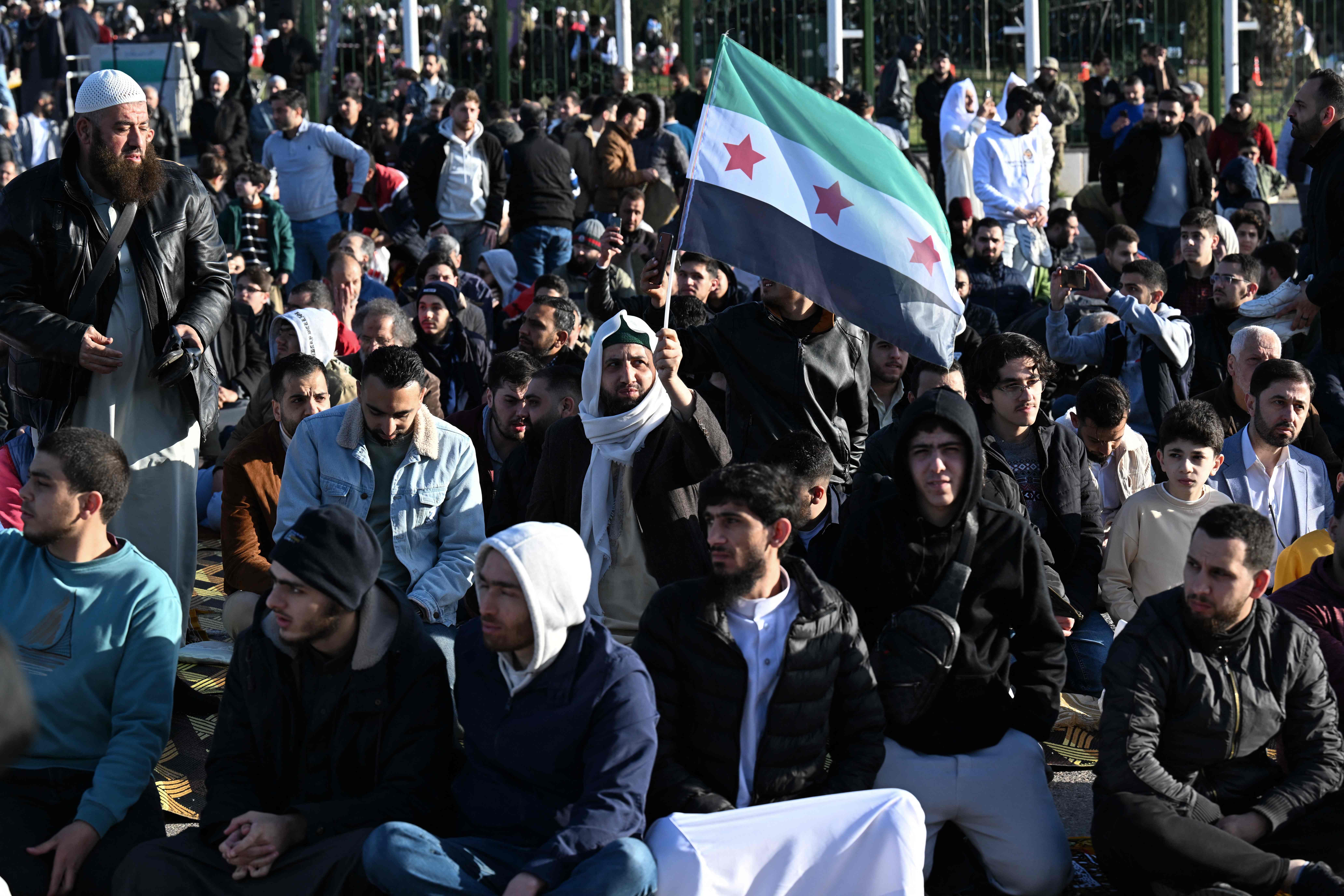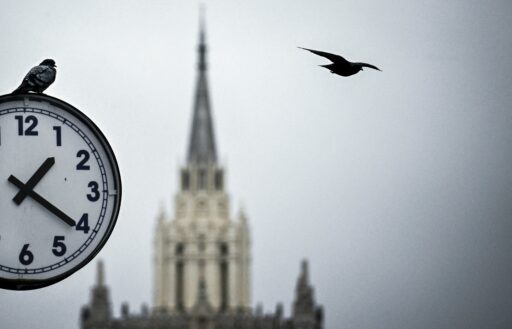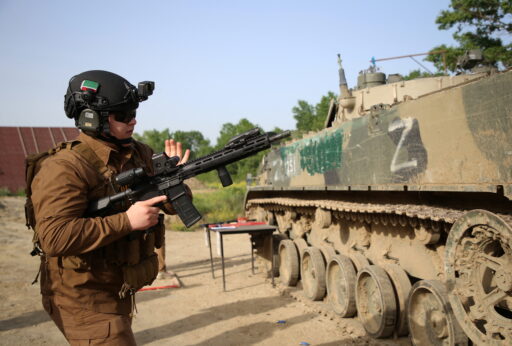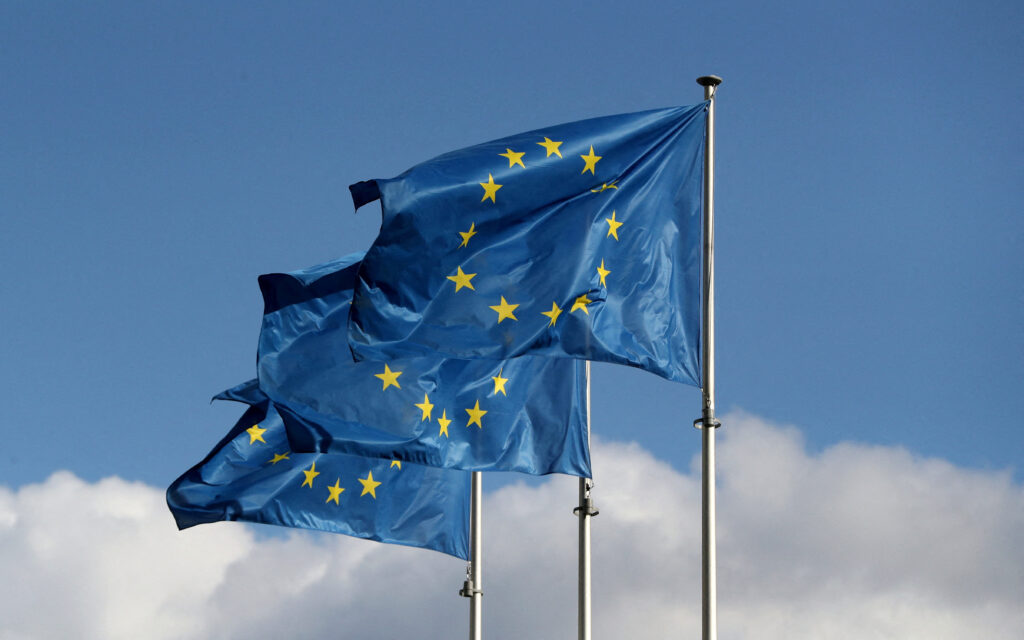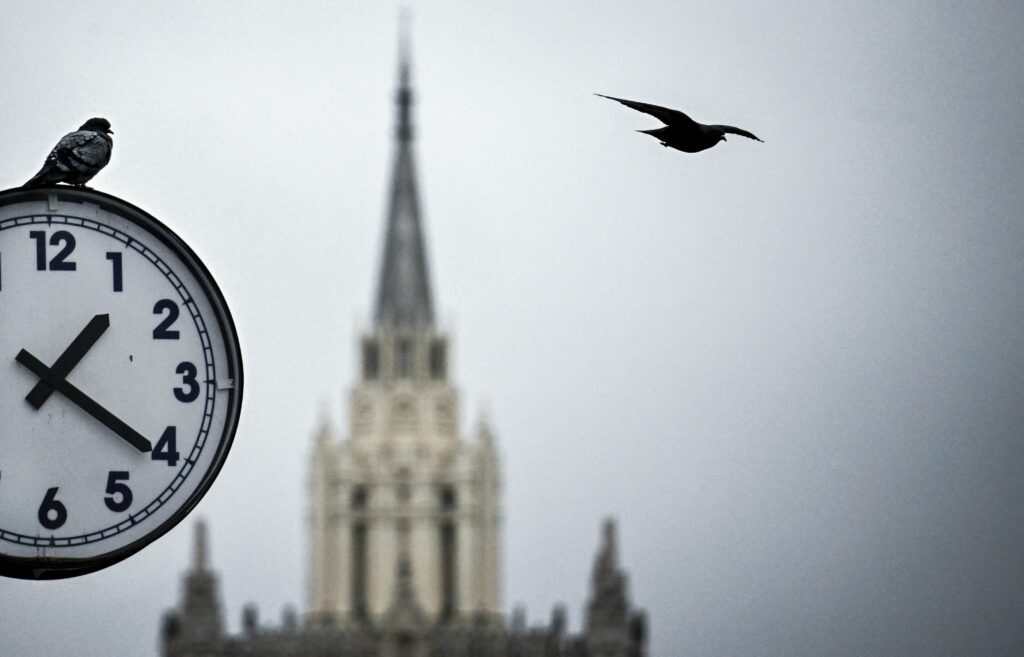The information landscape surrounding Russian facilities in Syria since the fall of the Assad regime has been marked by extreme contradictions. Just days after the power shift, Bloomberg sources reported that Moscow had swiftly established contact with the new authorities and was close to securing an agreement to maintain its official military bases in Latakia (Hmeimim) and Tartus. Yet, by January 2025, agency insiders noted that Russian-Syrian dialogue had reached an impasse regarding the fate of these military installations. By March, the tone shifted again: observers noted a «thaw» and predicted that Russia might not only retain its presence but even expand it.
However, as Riddle previously pointed out, the quality of Russia’s military presence in Syria has irreversibly changed: large-scale operations by the Russian General Staff in the Eastern Mediterranean are no longer feasible. In negotiations with Syria’s current president, Ahmed al-Sharaa—formerly the leader of Hayat Tahrir al-Sham, a group designated as a terrorist organization in Russia—the Kremlin prioritizes the strategic importance of its military bases for cargo transit to Africa and the need to maintain a physical presence in the Middle East. Negotiating with a former opposition leader, whose forces Russia systematically bombed since 2015, is undoubtedly challenging. The new leader demands that Moscow acknowledge «past mistakes» and take concrete steps to rebuild trust—such as offering compensation and participating in reconstruction efforts. Additionally, he raises the issue of extraditing Bashar al-Assad and other fugitive officials of the ousted regime.
The al-Sharaa government, which enjoys no shortage of attention from foreign delegations (ranging from U.S. State Department representatives to Ukraine’s Foreign Minister), could potentially secure from Western countries everything the Kremlin might offer—and more—gradually pushing Russia out of Syria or creating conditions for a voluntary yet coerced final evacuation. However, Syria’s situation is shaped not only by its interactions with external players: within a society fractured by years of war, a web of internal contradictions persists, which some actors, including Moscow, may have an interest in further complicating.
«The Coastal Trap» for Damascus
On March 6, fierce clashes erupted along Syria’s Mediterranean coast—home to Russia’s military bases—marking the most intense fighting since the Assad regime’s collapse. For several days, the country’s new authorities lost complete control over the provinces of Latakia and Tartus. Notably, the battles unfolded primarily in areas populated by the Alawite ethno-religious minority, a key support base for the former regime’s ruling clan. By March 10, the government declared the «operation against regime remnants» concluded, but reports of sporadic clashes and casualties, particularly among civilians, continue to emerge. The causes of the violence and the exact death toll remain disputed in the media. With no specialized institutions systematically tracking statistics, journalists and experts often rely on data reflecting their own political biases.
Russian experts blame the Syrian authorities for sparking the uprising, accusing them of «provoking» Alawites into action by allowing reprisals and executions of ethno-religious minorities. Propagandist and war correspondent Oleg Blokhin claims that tens of thousands of Alawites and Christians have been killed, dismissing the Syrian Network for Human Rights (SNHR) figure of just over a thousand deaths across all sides as «laughable.» However, SNHR, which bases its statistics on victim names and photographs, is considered more credible among global experts than, say, the Syrian Observatory for Human Rights (SOHR), which has repeatedly been caught falsifying facts. Blokhin’s assertions, meanwhile, rely on unverified reports and videos allegedly sent to him by individuals.
The true death toll likely exceeds SNHR’s figures, and the events on the coast can indeed be described as a massacre. Even Arab media outlets aligned with Saudi Arabia—where al-Sharaa’s father resides and where Crown Prince Mohammed bin Salman previously hosted the current Syrian president—acknowledge bloody purges carried out by pro-government forces following losses in clashes with Alawites. Leading U.S. publications have also criticized Damascus.
Yet, an objective analysis requires considering several factors. First, reports of mass killings of Christians by the new authorities or affiliated armed groups lack confirmation. On the contrary, Christian and Ismaili communities have not only avoided harm but are actively cooperating with Damascus—much as they did in Idlib before November 2024, when the opposition under al-Sharaa’s leadership held sway there.
Second, while there have been documented reprisals against former Assad army officers or intelligence (mukhabarat) operatives—who themselves once targeted Sunnis—the cycle of violence on the coast was initially triggered by supporters of the old regime. Small units of these loyalists, hiding in the Latakia mountains, began sabotaging security forces immediately after the power shift, setting ambushes and attacking checkpoints. In March, remnants of the Assad regime appear to have launched a coordinated operation, aiming not only to seize key coastal facilities—like the naval college and a military base in Istamo with a helicopter pad—but also to carry out sabotage in southern Syria. The insurgents wore no uniforms and disguised themselves as civilians, likely hoping to both remain undetected and provoke an indiscriminate response from the new government. Social media reports suggest they even shot their own former comrades who had surrendered to the new authorities to incite chaos. In response, Syria’s General Security Service (GSS), which lost hundreds of fighters in the clashes, carried out reprisals that killed even Alawites who had been imprisoned under Assad. Understanding this cause-and-effect dynamic is critical to assessing the motives and actions of all parties.
The conspirators were directed by two operational hubs—one in Lebanon and one in Iraq—from where, days before the coastal unrest began, a key rebel leader, Ghiath Dalla, entered Syria. Dalla, a former commander of the Syrian Arab Army’s 42nd Brigade, 4th Division, and a figure tied to Iranian influence, was closely linked to Maher al-Assad, the ex-president’s brother. Notably, Turkish media had reported his preparations in Iraq shortly before the uprising, citing a meeting between ousted Syrian generals and Iranian intelligence, though few took those rumors seriously at the time. According to Al Jazeera, both Maher and Bashar al-Assad were directly involved in this attempted revanche and maintained contact with the coastal insurgents.
Third, media outlets aligned with Damascus claim that al-Sharaa’s regime «fell into a coastal ambush set by Assad’s remnants.» The fallout from the massacre undermines the new president’s efforts to secure full sanctions relief from Europe and the U.S. European nations seem to recognize that Damascus cannot instantly ensure security or control all former opposition factions, which al-Sharaa hastily claimed to have formally integrated after taking power. In late February, the EU eased some sanctions on Syria, and after the coastal clashes began, it pinned responsibility on pro-Assad groups.
The new authorities attempted to «democratically» distance themselves from pro-government units involved in religiously motivated killings. Ahmed al-Sharaa announced the creation of an independent national committee to investigate the coastal events. This body, comprising five judges, a lawyer, and one officer, is theoretically tasked with identifying witnesses on the ground to avoid relying solely on social media photos and videos. In practice, however, it will likely predictably blame resistance units loyal to the former regime and possibly foreign-linked opposition factions formally tied to Syria’s Defense Ministry. Accusing the latter would allow al-Sharaa to maintain pressure on Islamist groups that are toxic to international players. While these factions spearheaded the offensive against Assad’s army in late 2024, the current political climate demands their relegation to the sidelines.
Additionally, through informal channels—bloggers and media close to the new regime—accusations have been leveled against several commanders of the revamped Syrian army. For instance, Mohammed al-Jassem (Abu Amsha), a former leader of the pro-Turkish «Sultan Suleiman Shah Brigade» within the Syrian National Army (SNA), has come under scrutiny. Under Assad, the SNA operated in northern Syria, competing with Hayat Tahrir al-Sham (HTS), then led by al-Sharaa. In February 2025, Abu Amsha was appointed commander of the Syrian armed forces’ «Hama» division. The media pressure on him, likely orchestrated by Damascus, seems less about ensuring a fair investigation and more about leveraging Turkey’s support to better integrate former SNA factions into the army. Following the power shift and al-Sharaa’s agreements with Ankara and its proxy leaders, these groups were simply redeployed to other regions of Syria without the restructuring needed to maintain discipline.
Still, it’s possible that Damascus benefits from retaining loosely affiliated, yet formally «unidentified» units not directly linked to the GSS or army. Under the pretext of confiscating civilian weapons, such groups could besiege neighborhoods and isolate small villages, carrying out reprisals.
The Russian Factor
The coastal skirmishes and «cleansing» operations triggered another wave of refugees, some of whom sought shelter at Russia’s Hmeimim airbase in Latakia. Clearly, the Russian military contingent’s leadership received Moscow’s approval to admit civilians and provide aid.
According to Russia’s Foreign Ministry, Hmeimim ultimately sheltered 8,000−9,000 Syrians (mostly Alawites), a influx the Russian military was unprepared for due to shortages of water, medicine, and diesel generator capacity to power the facility. This surge fueled rumors on Syrian social media that pro-Assad resistance headquarters were operating from the base, with Moscow—having evacuated Assad and hundreds of senior officers in December 2024—coordinating a rebellion against al-Sharaa. Propagandist Blokhin and other bloggers who worked in Assad-era Syria claimed that Alawites at Hmeimim were being held hostage, alleging that Damascus had imposed conditions for their safe return, forcing Russia to send a tanker with scarce diesel fuel to Tartus.
Such claims are, of course, mere gossip. Moscow, keen to preserve its Syrian transit hub for African projects, is unlikely to have orchestrated a rebellion doomed to fail. Dialogue with al-Sharaa is understandably difficult, but the Kremlin has shown a willingness to make goodwill gestures and concessions. In February, a Russian plane delivered billions of Syrian pounds to Damascus, printed by Russia’s Goznak under an Assad-era contract. Meanwhile, the tanker carrying about 37,000 tons of diesel, which arrived on March 6, had been loaded in Primorsk in early February—meaning the decision to send it to Banias (Tartus province) predated the first official Russian delegation’s visit to Damascus in late January 2025.
While rumors of an «Iranian and Syrian general HQ» at Hmeimim can be chalked up to Syrians’ fondness for conspiracy theories, reports from Russian war correspondents and individuals tied to Yevgeny Prigozhin’s operations in Syria appear to be deliberate disinformation. Sources for this article suggest that negative coverage of al-Sharaa’s government is a Kremlin-orchestrated effort, driven by the Presidential Administration, which—unlike the Foreign and Defense Ministries—views cooperation with Syria’s new leadership as a risk to domestic Islamist sentiment in Russia.
Nevertheless, sources within Syria’s General Security Service (GSS) cautiously told local media of ties between Russian forces and rebels, citing weapons transfers near the village of Bustan al-Basha (2.7 km from Hmeimim) and medical aid. Syria’s Interior Ministry later confirmed intercepting a weapons shipment near the base. It’s plausible that Moscow is using such maneuvers as leverage in negotiations over its facilities’ fate.
Despite partial EU sanctions relief and a six-month U.S. sanctions suspension agreed under Biden, Western businesses remain hesitant to invest in Syria’s economy. Some episodic ties with European firms exist, often predating Assad’s fall. For instance, an olive oil export deal with Spain was signed years ago with the HTS-affiliated «Salvation Government,» a quasi-state entity. Similarly, a February 2025 agreement with French shipping giant CMA-CGM to manage Latakia port’s international container terminal merely extends a partnership dating back to 2009, renewed thrice under Assad.
Russia, despite years of backing Assad and the fallout from the Ukraine war, remains a player intent on staying in Syria to counterbalance Turkey’s growing influence. Unlike Iran and Hezbollah, which support Assad loyalists to sustain a long-term insurgency for weapons smuggling into Lebanon, Moscow’s actions are tactical. Interestingly, Israel—paradoxically pursuing goals in Syria aligned with Tehran’s, such as weakening Syrian statehood via airstrikes and Druze support in the south to hinder Turkish military expansion—favors Russia’s continued presence.
Al-Sharaa’s accusations of religious violence and doubts about his legitimacy among international partners allow the Kremlin to position itself as an indispensable mediator, open to working with any faction. Moscow knows that printing Syrian currency isn’t its exclusive domain—Switzerland has reportedly offered such services to al-Sharaa. Retaining its military bases and influence in Syria hinges on how quickly al-Sharaa aligns with the West, which seeks to curb Russia’s destabilizing role in the Middle East and Africa. As this process moves slowly, Damascus is unlikely to push for a full Russian withdrawal—for now.
